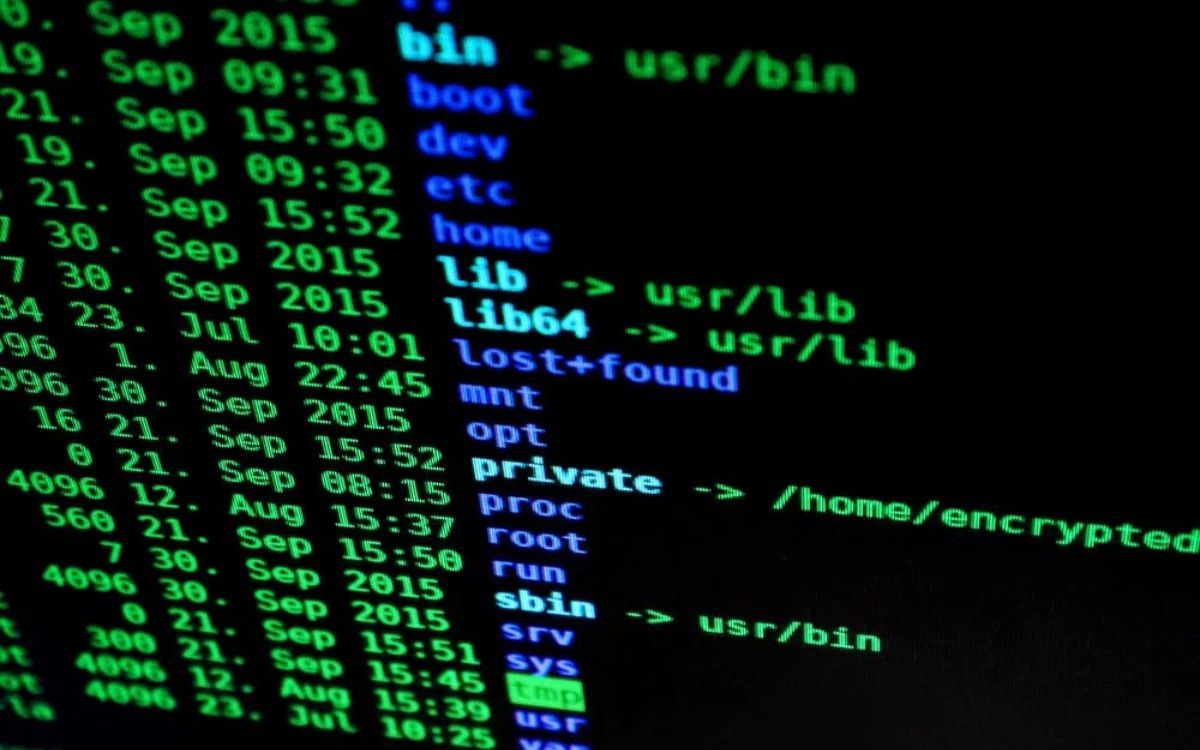Android is, at its heart, based on the Linux operating system’s kernel. It is heavily modified in many ways, and in practice, an entirely different beast. But the underlying structure — how the hardware communicates with the software on a fundamental level — started from Linux, and still shares its bones.
With that in mind, Google’s recent addition of the Linux Terminal app was and will continue to be a big deal. Because as much as Android is based on Linux, it isn’t Linux, and can’t run the same software without significant tweaks. The Linux Terminal’s inclusion supports Google’s mission to merge Chrome OS into Android, but today’s news offers even more real-world evidence of that goal’s potential. As Android Authority’s Mishaal Rahman has just confirmed, Android has now answered the age-old question: “Can it run Doom?” And that answer, finally, is yes.
Why Doom on Android’s Linux Terminal matters
Up next: Skyrim on the Samsung Smart Fridge
Android’s Linux Terminal app bootstraps a Debian-based virtual machine on your device. In simpler terms, it creates a machine-within-a-machine that reliably simulates a computer running the Debian distribution of Linux. For power users, developers, and tinkerers, it opens a fascinating door: integrated access to full Linux command-line tools, no rooting required. But today’s development could be the inflection point that transforms that door into a gateway.
In the newly released July Canary build of Android, Google has quietly flipped the switch on graphical app support inside the Linux Terminal. That’s right — what was once a barebones terminal shell can now render full Linux desktop apps with windowed interfaces. If you’ve been dreaming of running Gedit, GNOME utilities, or even classic Linux desktop games on your phone or tablet, that dream is inching closer to reality.
After installing the latest Canary build, you’ll spot a new “Display” button tucked in the top-right corner of the Terminal app. Tap it, and Android begins forwarding display output from the virtual machine to the host OS. Type “weston” — which activates a basic set of code enabling the Linux kernel’s communication with graphical software — and you’ll be greeted with a minimalist Linux GUI environment.
It’s not just theoretical, either. Rahman successfully launched graphical apps like Gedit, and while he didn’t revisit the Doom implementation this time around, his earlier video demo (built on pre-release code compiled from source) showed that even games are within reach.
But it’s not all turnkey just yet. For hardware acceleration, which is critical for gaming and intensive workloads, users will need to manually enable VirGL. That means creating an empty file called “virglrenderer” in the /sdcard/linux folder. If you see a “VirGL enabled” toast message on launch, you’re good to go.
The implications here are significant. Not only does this move Android closer to feature parity with Chrome OS’s Linux container, it also signals Google’s slow but steady effort to unify both platforms under a single, more capable ecosystem. Running desktop-class applications on Android, without emulation or hacks, is no small feat.
Still, this is Canary territory, which means bugs, instability, and missing polish are to be expected. And while we’re hoping this lands in Android 16’s second quarterly release in December, there’s no formal timeline yet. That said, this update marks a serious milestone in Android’s evolution — not just a smartphone OS, but an honest-to-goodness Linux workstation in your pocket.


